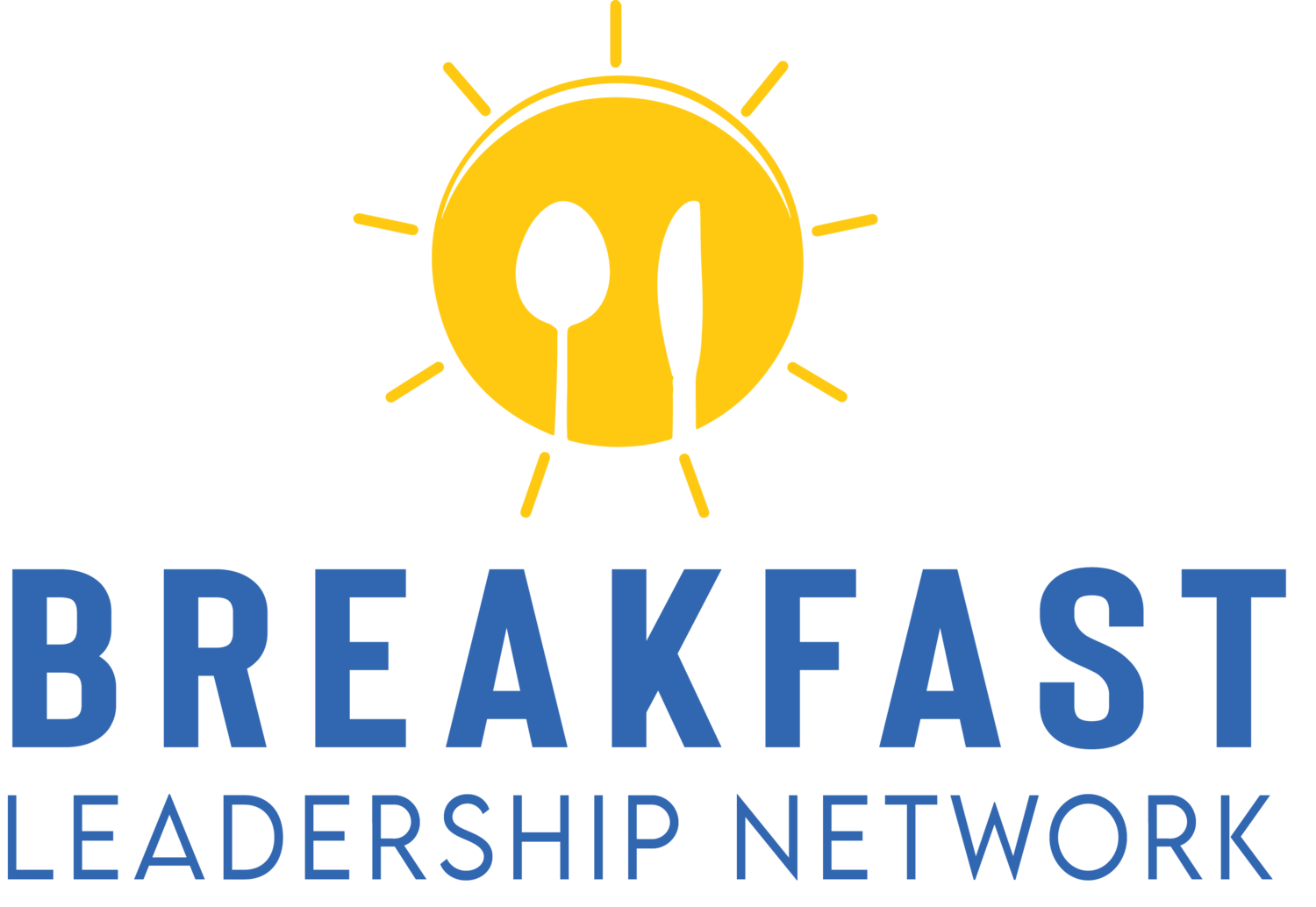How Packaging Influences Consumer Behavior in the Digital Age
In today's rapidly evolving digital landscape, consumer behavior is shaped by myriad factors, with packaging emerging as a surprisingly influential element. As e-commerce continues to thrive and digital platforms dominate the marketplace, brands are reevaluating traditional packaging strategies to cater to an audience that makes purchasing decisions with just a few clicks. This article delves into how packaging influences consumer behavior in the digital age, highlighting key psychological triggers, design principles, and real-world implications.
The Psychological Power of Packaging
Packaging is more than just a protective covering; it serves as a silent salesperson. In the digital marketplace, where tactile experiences are absent, visual and emotional cues become paramount. Consumers rely heavily on images, unboxing videos, and first impressions shared on social media platforms. This shift has heightened the importance of aesthetic appeal, clarity, and storytelling in packaging design.
Color psychology plays a significant role. Bright, bold colors can evoke excitement and attract attention, while muted tones may convey sophistication and elegance. The strategic use of typography, imagery, and layout can create an emotional connection, fostering brand loyalty and encouraging repeat purchases.
The Unboxing Phenomenon
The rise of unboxing videos on platforms like YouTube and TikTok has transformed packaging into a key component of the customer experience. Consumers derive satisfaction not just from the product itself but from the act of unwrapping it. This phenomenon underscores the importance of creating memorable, shareable packaging designs.
Brands that invest in unique, high-quality packaging often benefit from free marketing as satisfied customers share their experiences online. This "earned media" can significantly boost brand visibility and credibility, influencing potential buyers who are swayed by peer recommendations more than traditional advertisements.
Sustainability and Ethical Considerations
Modern consumers are increasingly eco-conscious, with sustainability becoming a major factor in purchasing decisions. Packaging that reflects environmental responsibility—such as biodegradable materials, minimalistic designs, and recyclable components—can enhance a brand’s image and appeal to a growing segment of environmentally aware shoppers.
Brands like Brandt Box have recognized this shift, emphasizing sustainable packaging solutions that align with contemporary consumer values. By reducing waste and promoting eco-friendly practices, companies not only contribute to environmental conservation but also build trust and loyalty among conscientious consumers.
Digital Design Strategies for Packaging
In the digital age, packaging must be optimized for both physical presence and online representation. High-resolution images, 3D renderings, and augmented reality (AR) experiences allow consumers to engage with products virtually before making a purchase. This technological integration helps bridge the gap between digital browsing and physical interaction.
Clear, concise labeling is crucial, especially in online marketplaces where consumers quickly scan through multiple options. Information hierarchy—prioritizing key details like brand name, product benefits, and certifications—ensures that essential information is easily accessible, influencing purchasing decisions.
The Role of Personalization
Personalized packaging has gained traction as brands seek to create unique customer experiences. Custom messages, tailored designs, and limited-edition packaging foster a sense of exclusivity and personal connection. This strategy not only enhances customer satisfaction but also encourages social sharing, as consumers are more likely to showcase products that feel uniquely theirs.
Subscription box services exemplify this trend. Companies curate monthly packages with personalized touches, transforming ordinary deliveries into anticipated events. This approach deepens brand engagement and fosters long-term customer relationships.
Packaging in the digital age is more than a functional necessity; it is a strategic tool that influences consumer behavior on multiple levels. From visual appeal and emotional resonance to sustainability and personalization, effective packaging can drive brand recognition, customer loyalty, and sales growth. As the digital marketplace continues to evolve, brands that innovate and adapt their packaging strategies will be well-positioned to thrive in this dynamic environment.
Discover insights and strategies for success with Breakfast Leadership — your go-to source for leadership articles, shows, and more. Subscribe today to stay informed and inspired!



